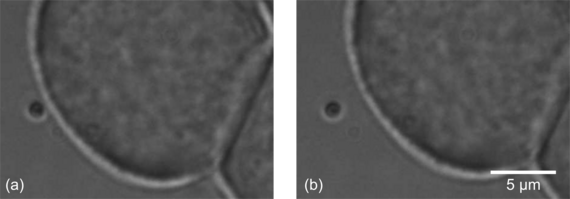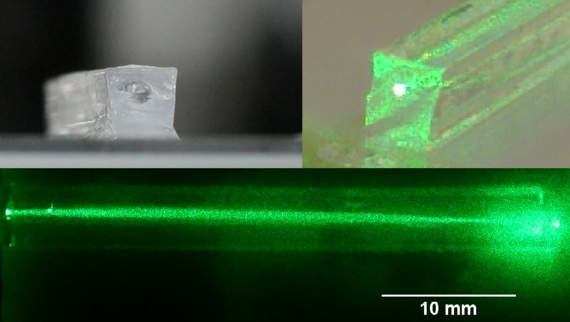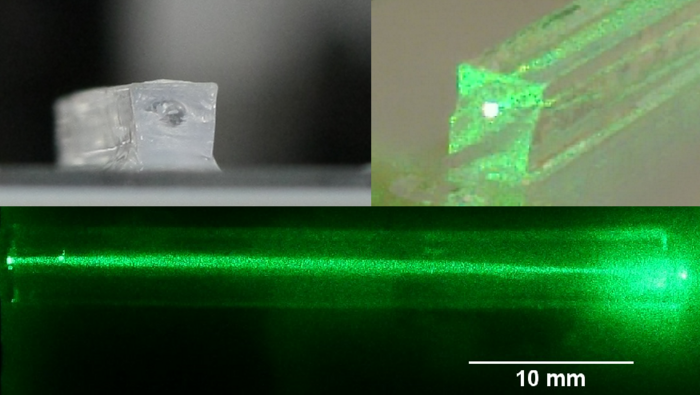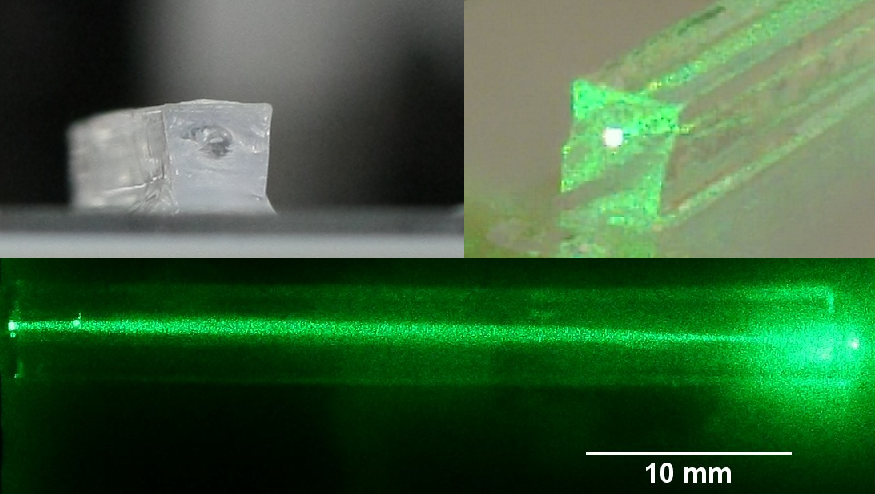We are developing approaches to probe and excite cardiac cells and neuronal networks using optogenetics, a technique which can be used to control cell activity with light. This is often performed with blue light at wavelengths around 450-480 nm which has limited penetration depth in thick tissue. In order to address this, excitation using upconverting nanoparticles (UCNPs) and nonlinear excitation with near-infrared femtosecond lasers are currently being explored. Additionally, we are developing optical systems to allow spatially controlled light delivery in auditory midbrain implants. Our projects are in collaboration with research partners in the field of cardiac research, tissue engineering and auditory neuroscience with funding from BMBF for the project “Biopace” and Excellence Cluster “Hearing4all”.
Force measurements using optical tweezers
Optical tweezers are ideally suited for studying binding interactions between ligand and transmembrane protein receptors in a living cell. Light can exert force, trap and propel micro and nano-sized particles. Around its most intense region where the gradient force is highest, particles can be attracted and trapped, enabling one to move and position a particle in three-dimensions with nanometer precision. Combined with sensitive detection methods, optical tweezers can be powerful force transducers which can measure external forces applied to a trapped particle with magnitudes down to sub pico-Newton scale.
Our group has developed a well-calibrated single beam optical tweezers to study ligand-binding force between transmembrane proteins and their specific ligands. Similarly, high throughput approaches using 3D-printed fabricated microfluidic systems are being explored in combination with optical trapping for force measurements in living cells.



Biocompatible optics for light delivery and sensing



Biocompatible optics is a young research field which utilizes soft and pliable polymers as biocompatible optical materials for delivering or sensing environmental changes in vivo. Our group has been working on using PEG-based hydrogels as biocompatible materials to deliver light as well as collect optical signals.
Subgroup leader






